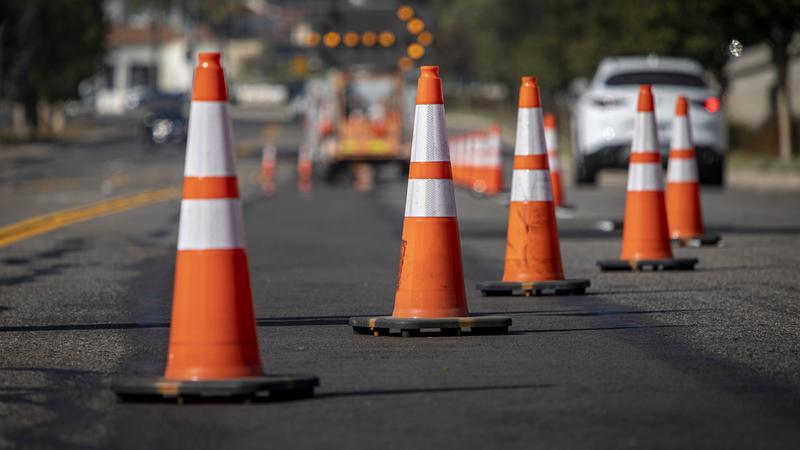
YOUR PERSPECTIVE: Drive safely in cone zones to save lives
Roadside workers help keep us all safe. We can return the favour when in Cone Zones. Every day, tens of thousands of roadside workers across British Columbia face significant danger just doing their jobs. Their workplace is mere metres from passing traffic. In some cases, orange cones are the only things between them and vehicles weighing tonnes.
These people depend on our driving decisions for their safety. Like all of us, they deserve to return home safe at the end of each day. Sadly, too many of them still get struck by vehicles while in their work zone. WorkSafeBC statistics from 2014 through 2023 show that 9 workers were killed and another 251 injured seriously enough to miss work. This is unacceptable. It’s also preventable.
Too many people are hurt because drivers speed or don’t pay attention or impatiently ignore safety instructions. Let’s remember that these are not just statistics. We are talking about someone’s family members: fathers, mothers, sons, and daughters. Road Safety at Work’s Cone Zone safety awareness campaign aims to eliminate crashes, injuries, and deaths in roadside work zones.
To achieve the goal, drivers need to help create a culture of safety and respect in every work zone at or along the road. After all, the people who work there are doing things that help keep us all safe and our lives functioning smoothly. Flag persons guide traffic efficiently. Road and utility crews build and maintain our infrastructure. Paramedics, firefighters, and police officers provide emergency services. Tow operators clear hazards that snarl traffic flow. Landscapers improve visibility for drivers. The list of activities, and the benefits they provide, goes on and on.


